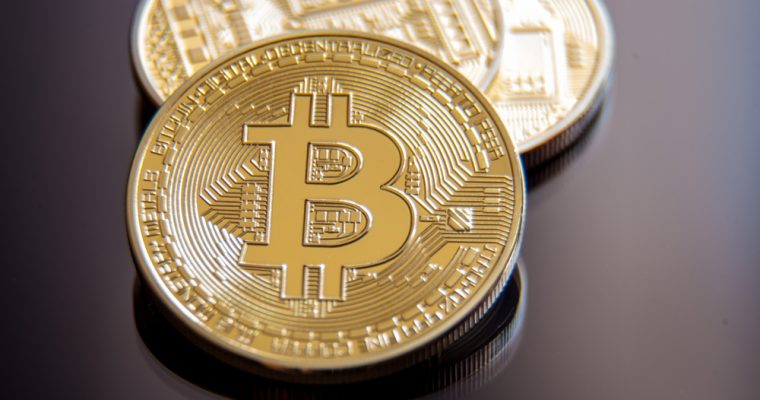Research: Bitcoin Exposes Central Banks’ Currency Manipulation and Capital Controls

A Rebooted Palm Smartphone Could Launch On Verizon Communications Inc. (NYSE:VZ) Later This Year
April 2, 2018
Google Bans Crypto Mining Browser Extensions
April 3, 2018Bitcoin can now offer economic researchers with a new tool for exposing both capital controls and currency manipulation, in a manner that was never possible because there was lack of a perfect benchmark. Bitcoin offers a method similar to the one employed by arbitrage traders, which entails comparing prices in several digital currency markets around the world.
Using the Bitcoin Price as a Global FX Bechmark
Although many countries around the world have or claim to have a floating exchange rate in place – allowing market forces set the value of their national fiat visa vie other currencies – practically, nearly all central banks always try to influence FX markets to some level. Unofficial methods used by many economists to measure and track such effects, such as comparing prices of oil and gold in the international market, a method commonly referred to as the Big Mac Index, have several problems hence making them far less than ideal.
According to research conducted by economist Gina Pieters, PhD, and which was presented at the 2018 Royal Economic Society’s annual conference, Bitcoin offers researchers with the mechanisms to detect manipulations by the central bank and unearth the existence of capital controls. The process can be done by setting an effective rate from many digital currency exchanges so as to compare deviations from each country’s official fiat currency exchange rate.
According to the research, the standard sources of data used in detecting manipulations have a number of limitations: they can be old and outdated, they are expensive to obtain, and, depending on the source, they may be infrequent or unreliable. The new study has demonstrated that the bitcoin price data can help in avoiding these limitations. The study also shows how distortions can be rectified and how to get normalized data from the noisy digital currency market.
The Argentinian Example
The study a number of cases around the world, but mainly puts focus on Argentina’s currency market. The central bank in Argentina dropped the peso’s peg to the US dollar in December 2015. However local newspapers went ahead and published an unofficial rate before that. This gave an opportunity to test the bitcoin rate. There was a big deviation in the Dólar Blue from the official exchange rate under the peg.

